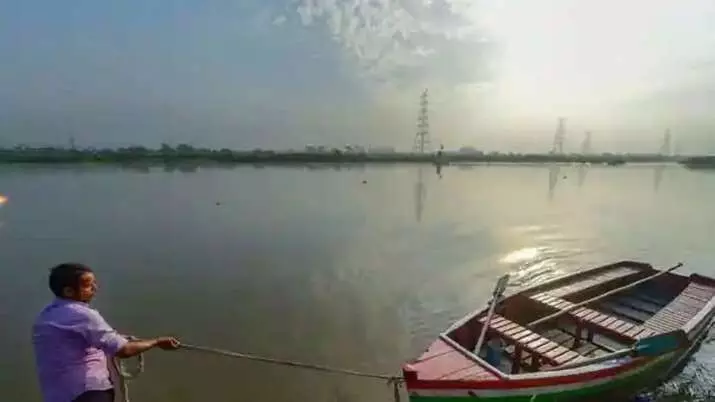
Goa's Sal River contaminated by microplastics, finds study
text_fieldsPanaji: A study has revealed that water, sediments and biota (animal and plant life) in the Sal river, a major water body in South Goa, are contaminated with microplastics (MPs).
The research comes a month after the NIO, one of the top marine research institutes in the country, indicated the presence of microplastics in government tap water supplied in Goa following research conducted along with a Delhi-based environmental consultancy firm.
Scientists and researchers attached to the National Institute of Oceanography and Academy of Scientific and Innovative Research, both in Goa, and the School of Civil Engineering, Vellore Institute of Technology (VIT), has revealed the presence of three major polymers namely polyacrylamide, a water-soluble synthetic linked to the mining industry, ethylene vinyl alcohol used in packaging and polyacetylene, an electrical conductivity agent in the Goa river.
"Interestingly, MPs found in all the three matrices, water, sediment and biota from the Sal estuary were dominated by fibres (55.3 per cent, 76.6 per cent and 72.9 per cent, respectively), followed by fragments, films and other plastics. The prominent ubiquity of fibres in all three matrices suggests a variety of sources of MPs, most likely including domestic sewage, effluents from industries and laundry," the study states.
"Fragments were the second most abundant micro-debris in water (27 per cent) and biota (16.6 per cent). They mostly originate from the degradation/weathering of larger plastic pieces such as packaging materials, plastic bottles and other micro-plastic litter, which are often directly discarded into the estuarine environment," the study adds.
The research also found transparent spherical beads in the waters of the river along with sediments containing polypropylene, polyamide, polyacrylamide polymers.
"These could originate from personal care products, textiles and wastewater treatment plants. Notably, no such beads were found in the shellfish and finfish samples," it says.
The most commonly found MPs were plastics which were black in colour (43.9 per cent), which the study claims "might have come into the environment due to abrasion of tyres on the road surfaces as regular wear and tear".
According to the research an average Indian consumes 10 kg of seafood per annum.
"The average number of MPs in shellfish found in the present study is 2.6 MPs/g. Accordingly, the estimated annual intake of MPs from shellfish alone per capita for Goa would be 8084.1 particles per year per person. Shellfish, therefore, poses a possible threat in terms of consumption, as it is a local delicacy and also consumed by the many tourists in the area," the study says.
The Sal river whose course runs through the coastal areas of the district before meeting the Arabian Sea by the picturesque Betul beach is also a major source of livelihood for the local fisherfolk community.
However, while reacting to the study, the state government in a rebuttal had questioned the NIO on why the central government's Council for Scientific and Industrial Research had not approached the state government for collaboration during the research.
























